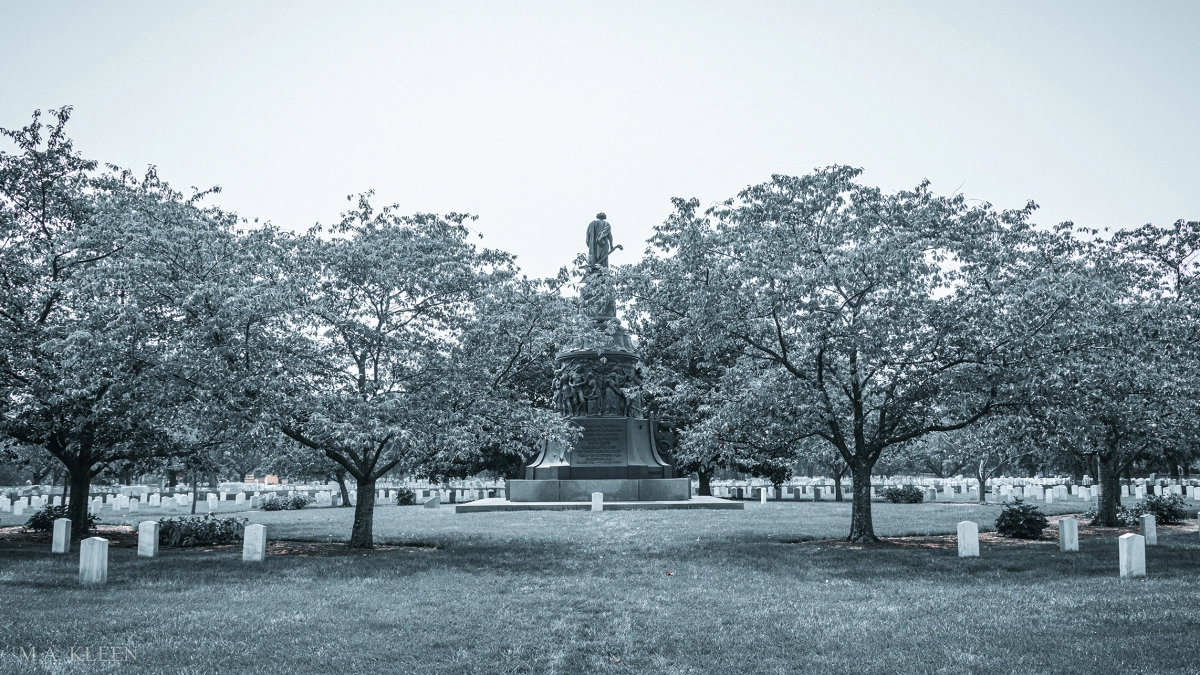Isabelle Scott lived in Mattoon, Illinois from 1902 until her death in 1907. She died of tuberculosis at the young age of 30-32. In those short years, Isabelle was the notorious madam of a brothel on what was then called Railroad Street/Cottage Avenue. She rubbed elbows with notorious figures in Mattoon’s underworld, even a city alderman.
But who was she, really?
I came across this fascinating figure while researching Mattoon’s history for my book, Tales of Coles County, and later developed it into an essay for a nonfiction writing class at George Mason University.
Unfortunately, I don’t live in Illinois anymore and am only able to visit once a year, if that, so my time to visit Mattoon to conduct research is severely limited.











You must be logged in to post a comment.